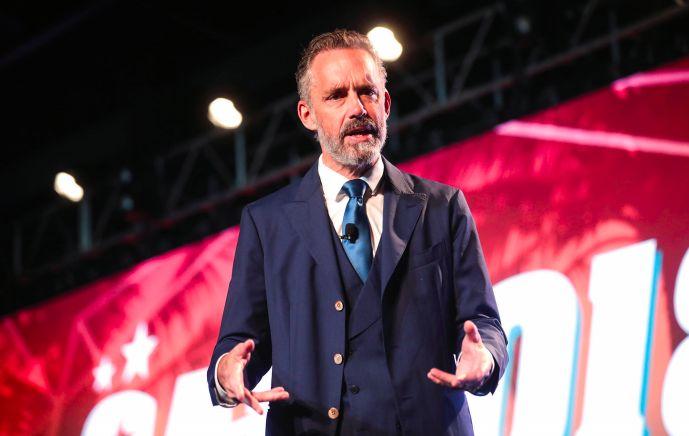One of the reasons behind emergence of the “snowflake generation” has been attributed to helicopter parents—parents who are highly involved in many aspects of their children’s lives—but Canadian clinical psychologist Jordan Peterson said this phenomenon has much deeper roots.
The term “snowflake,” first coined by the movie Fight Club, is used to describe a person who is overly sensitive, entitled, not resilient, and intolerant towards dissenting ideas. Millennials and Gen Z are often referred to by the older cohorts as the “snowflake generation.”




